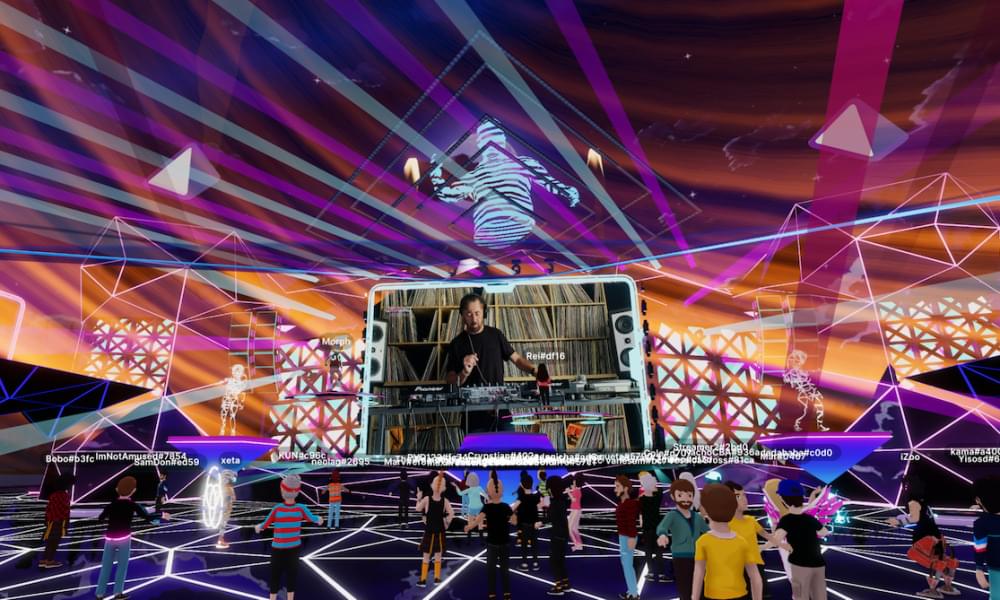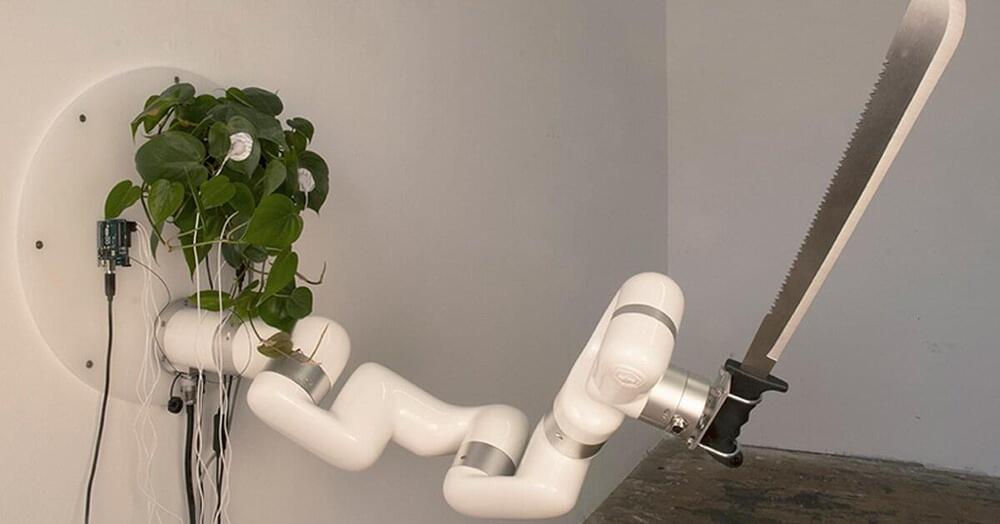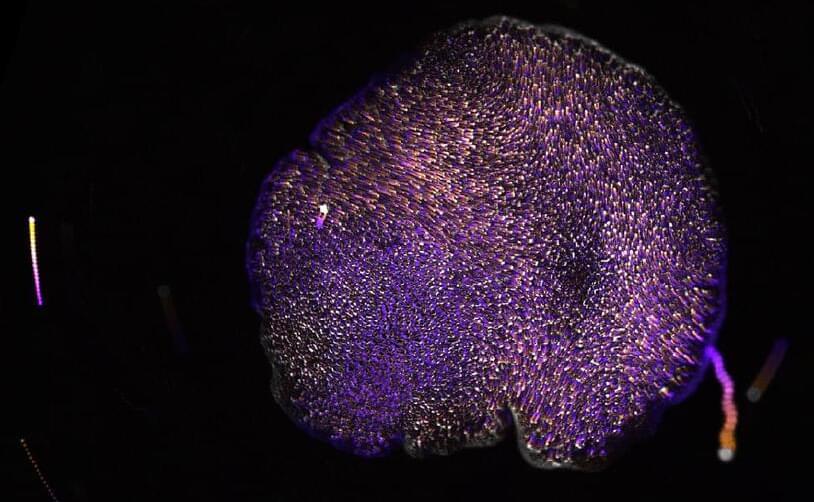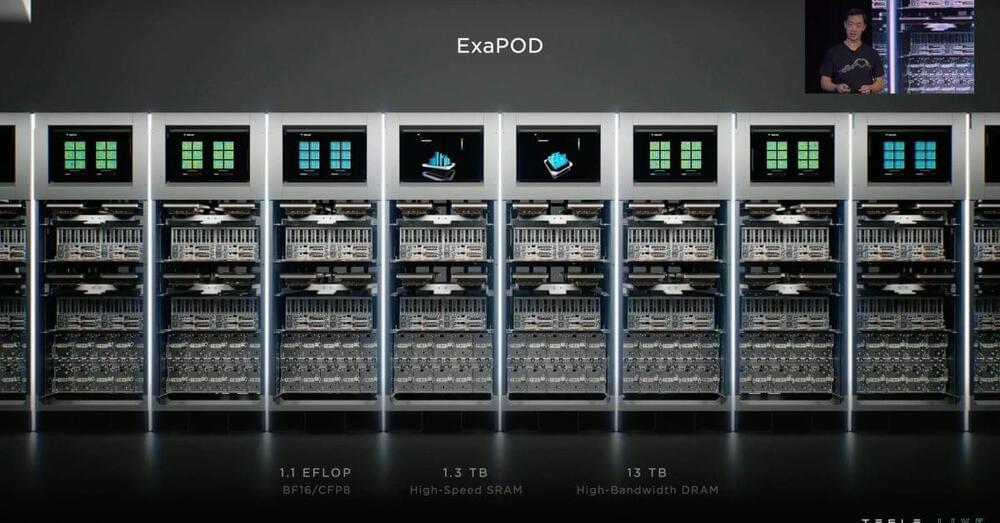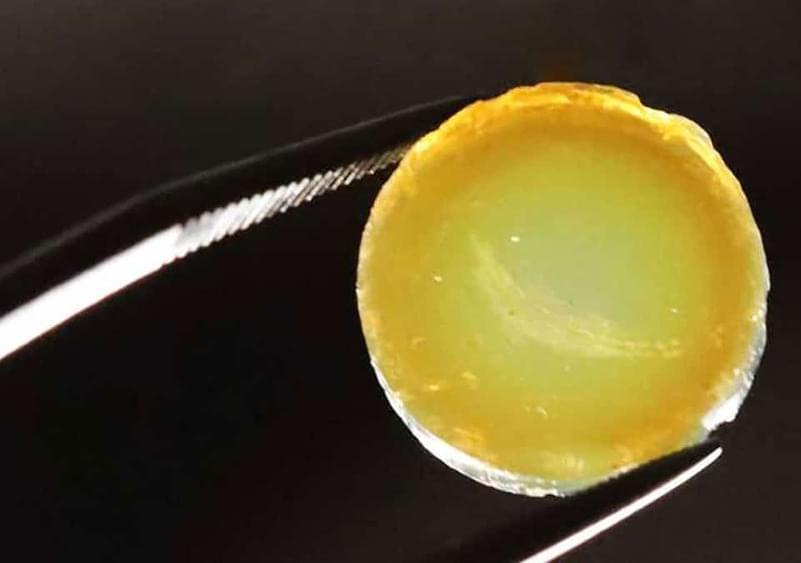Miso Robotics company creates automated tech that assists + empowers commercial chefs to make food consistently and perfectly — while saving waste + cost through efficiency and precision.
The AI automated food prep robotic system named Flippy is currently being tested + implemented in the kitchens of top global brand restaurants. Miso Robotics has also innovated the world’s first point-of-sale integrated automatic beverage dispenser — named Sippy. All of the Miso Robotics mechanical systems operate on their Miso AI software platform.
The featurette below shows Flippy’s surprising capabilities. You can also see the Sippy’s novel cup-sealing method, designed to save the planet from millions of pounds of plastic lid waste.

